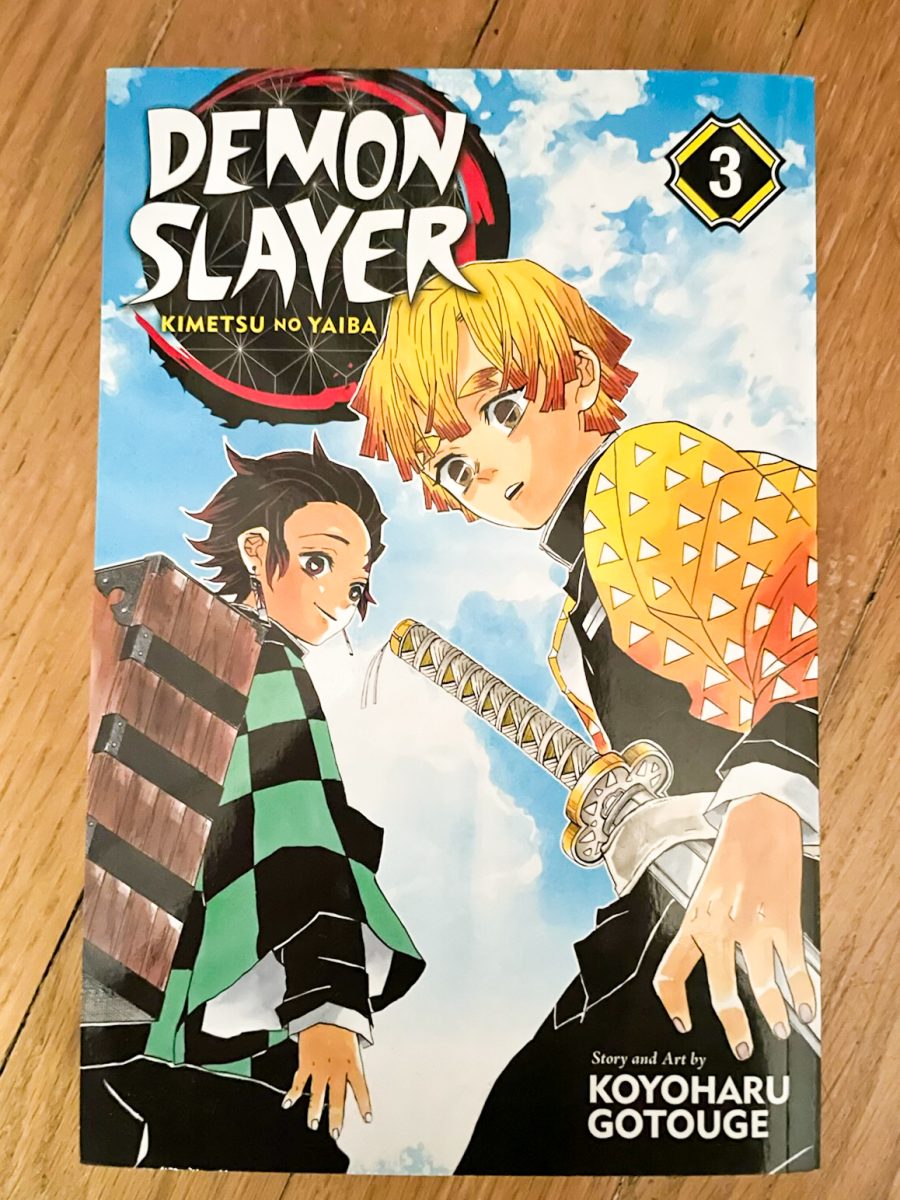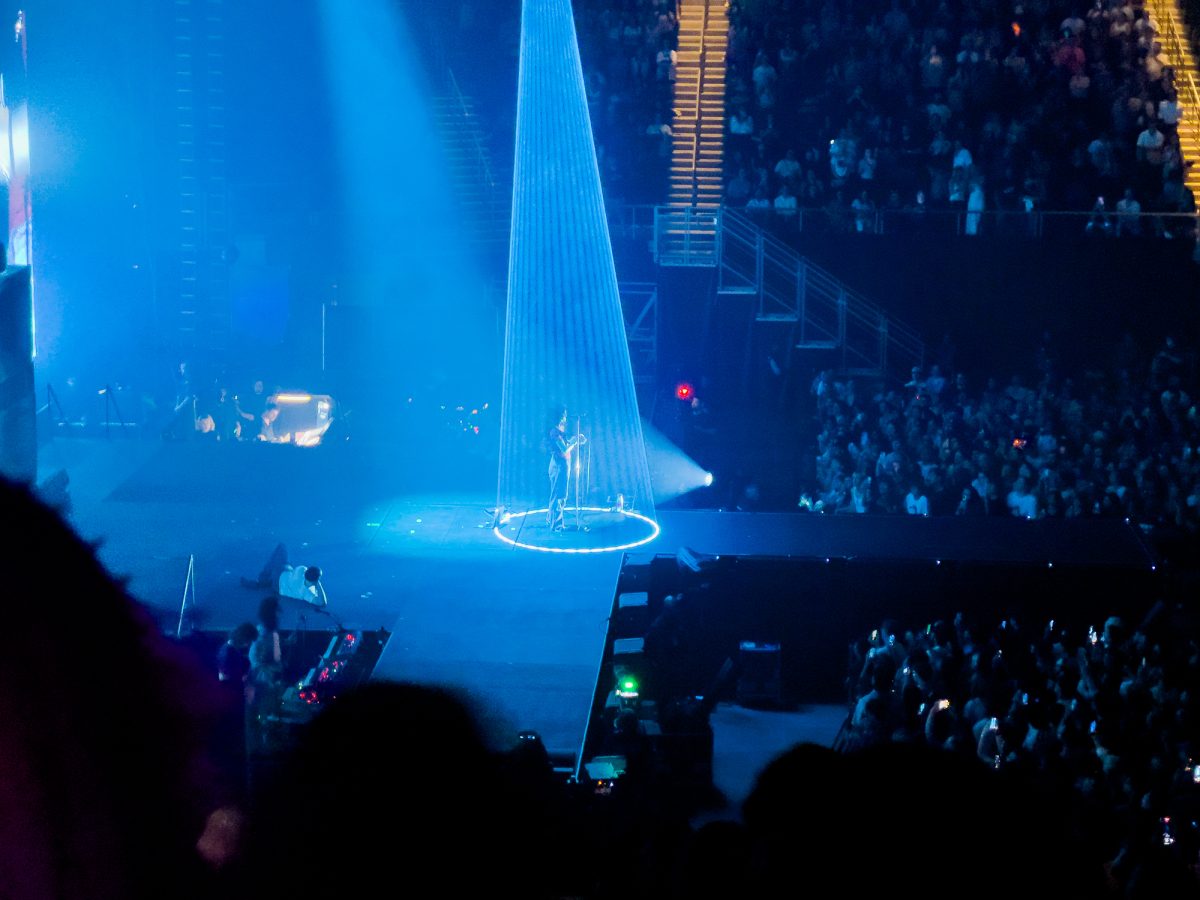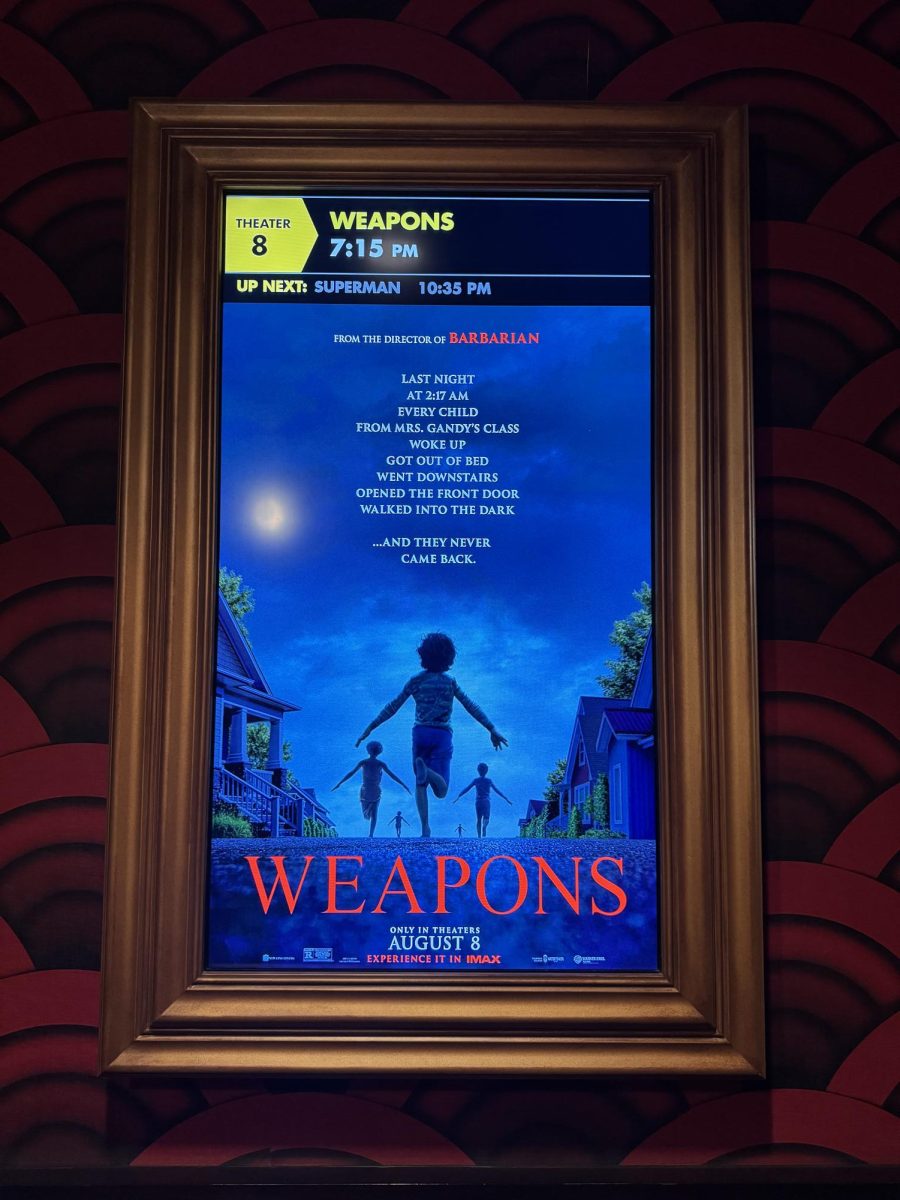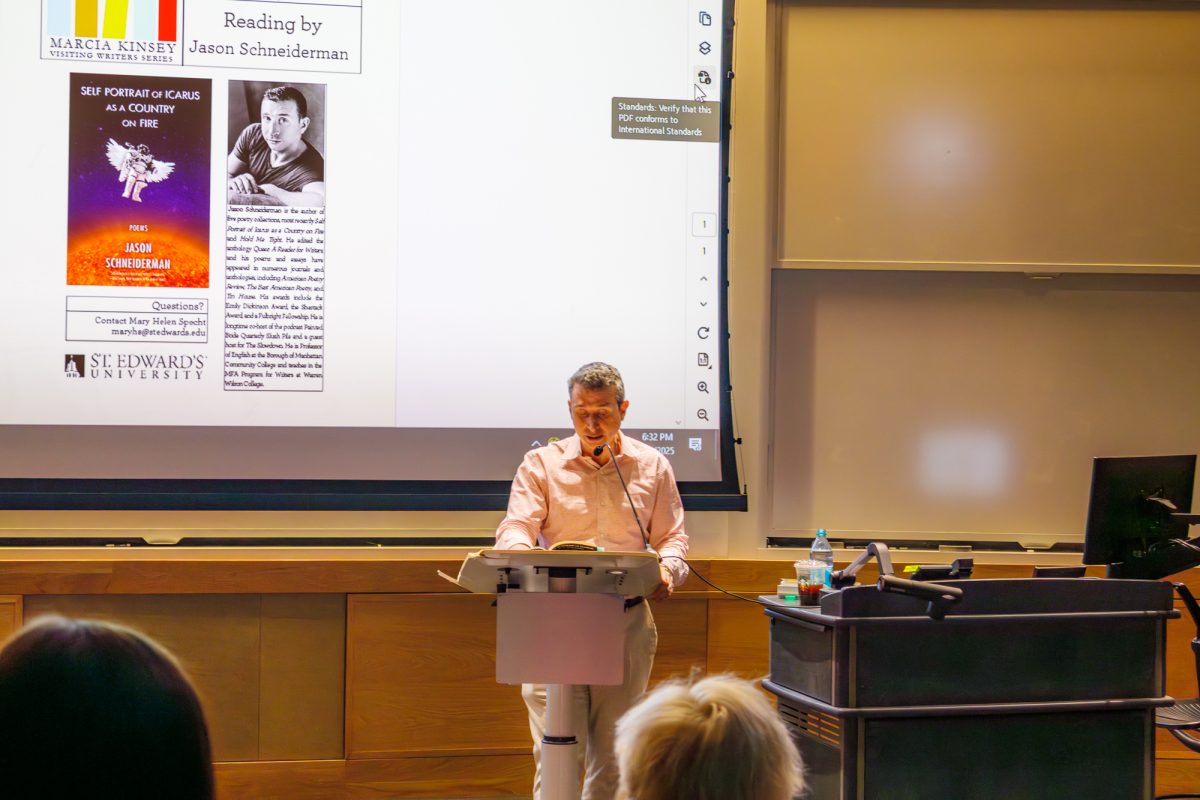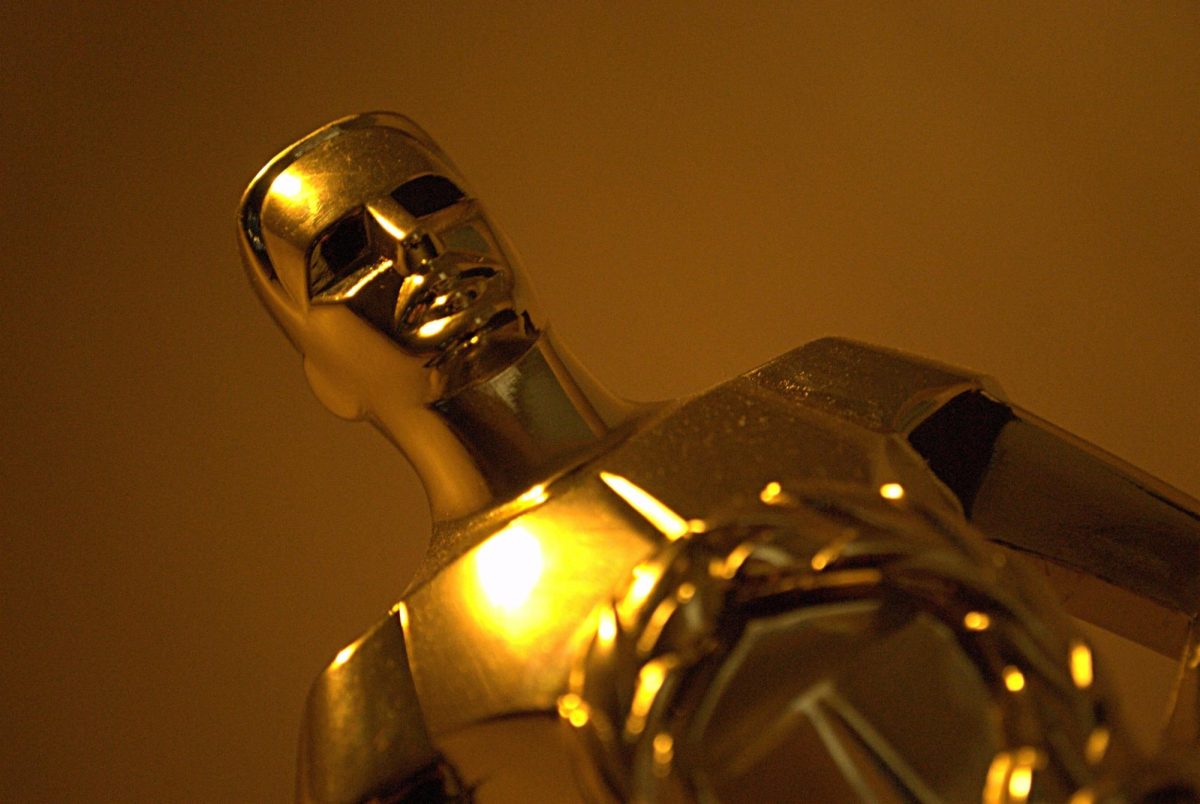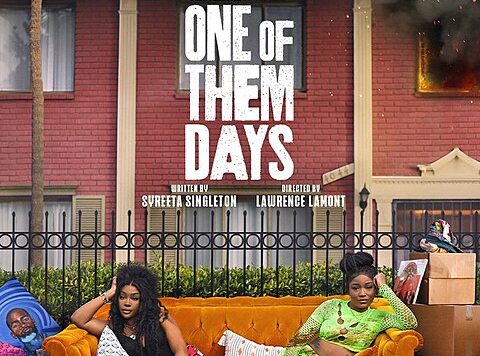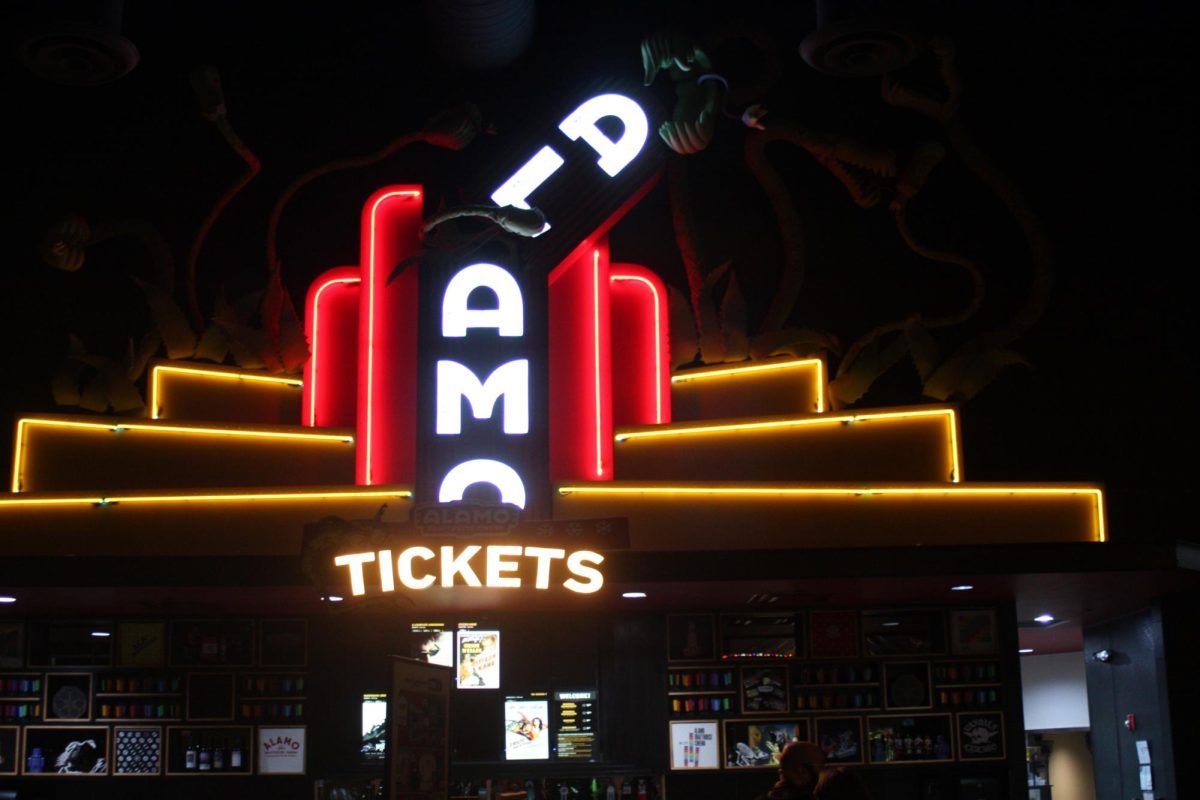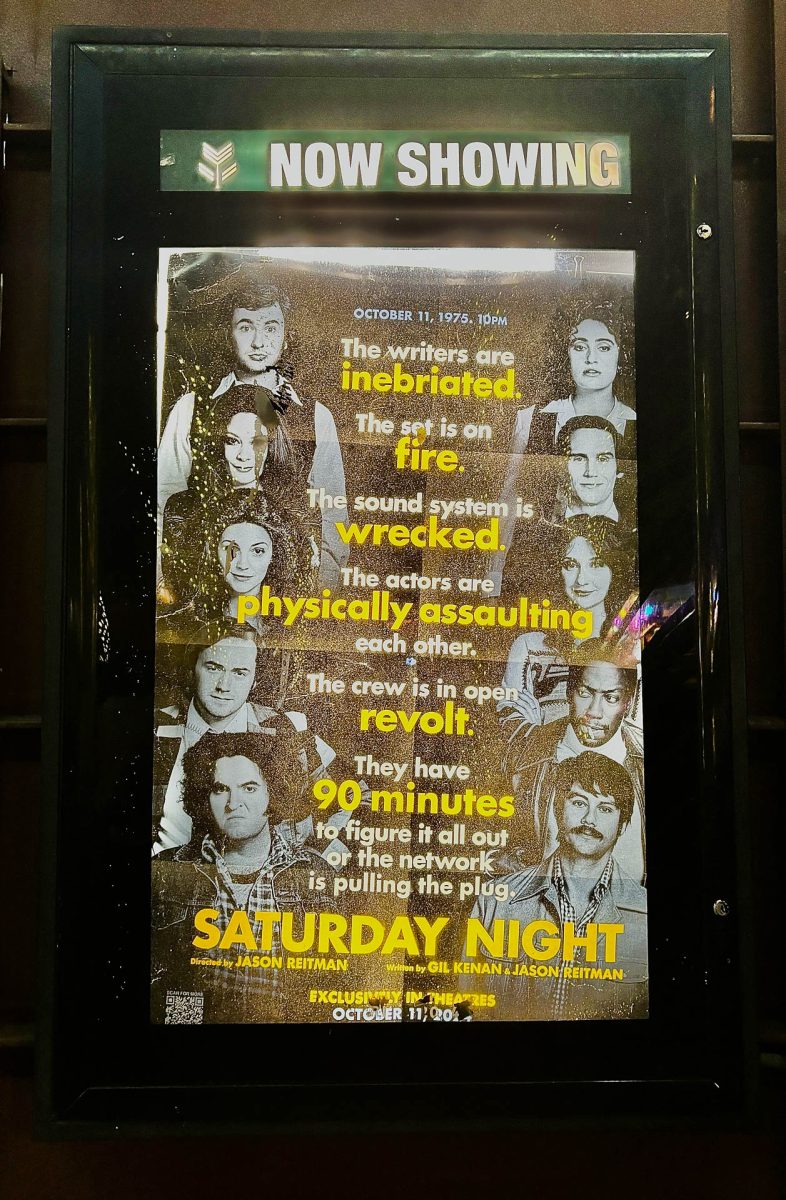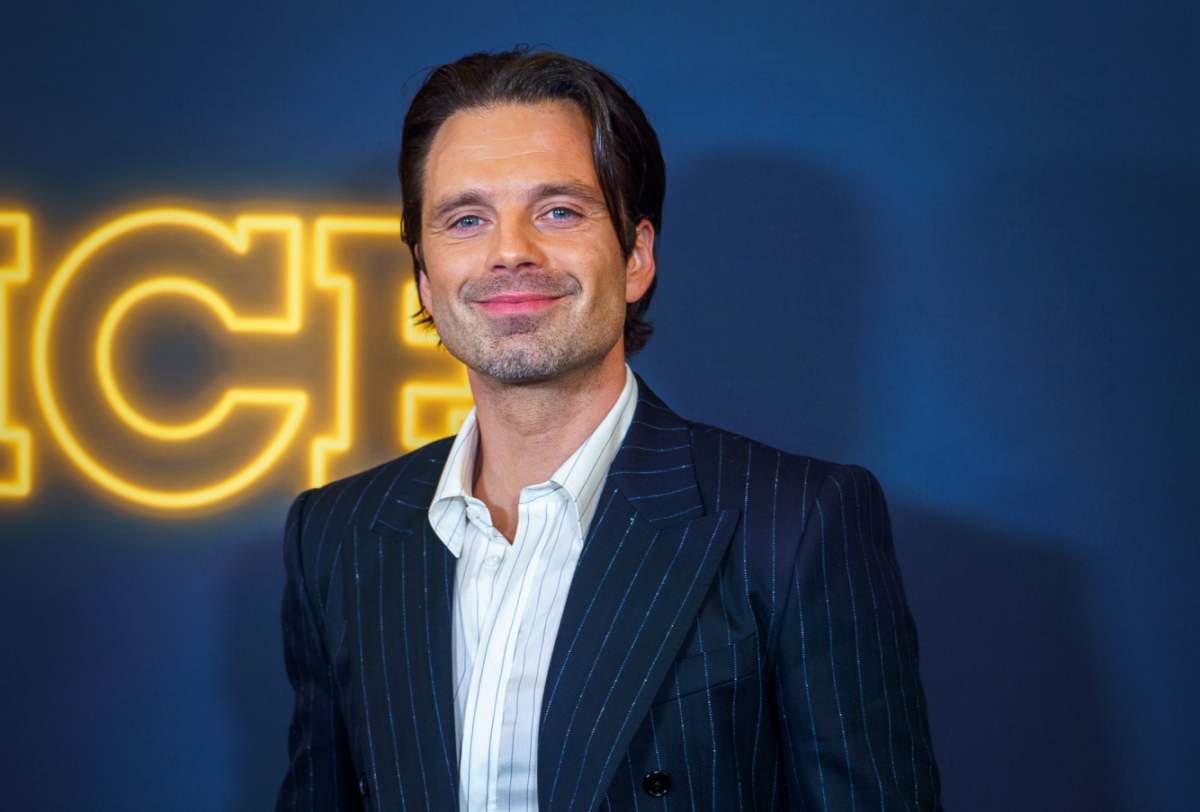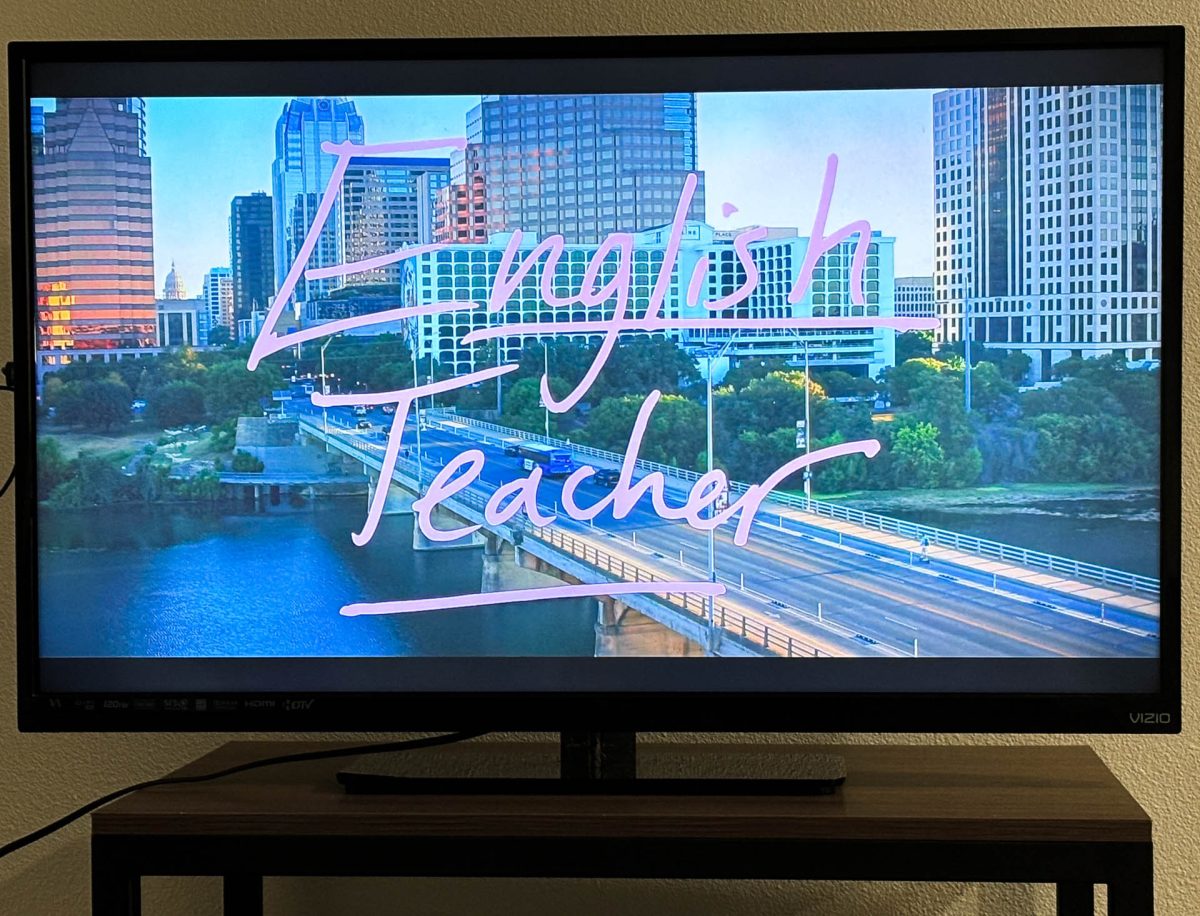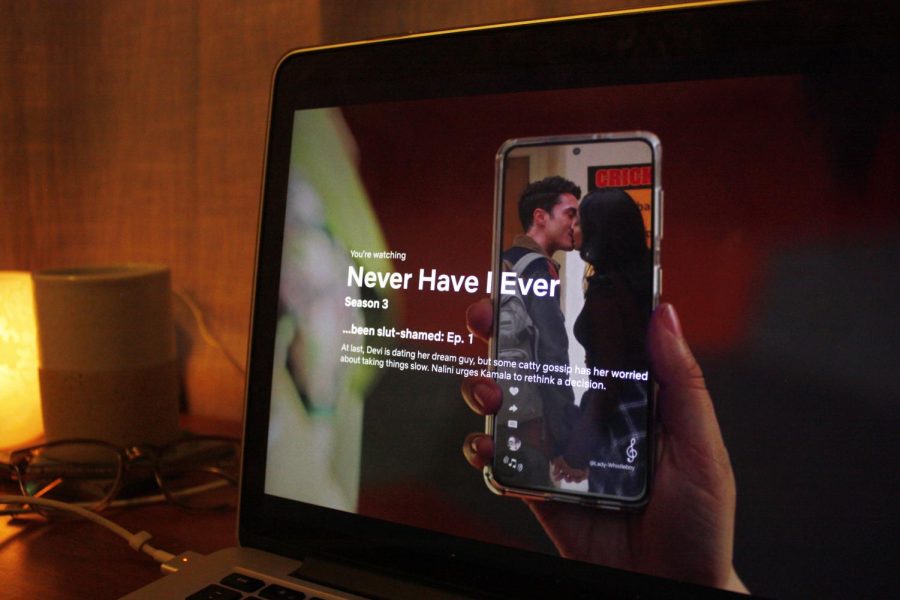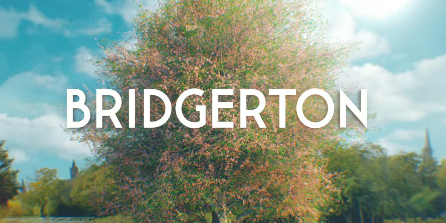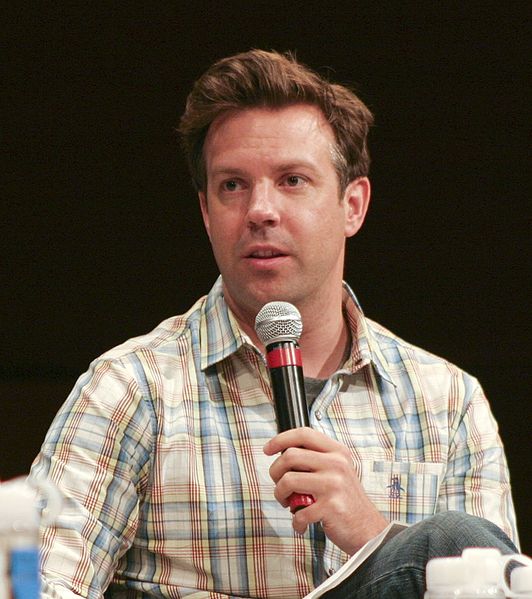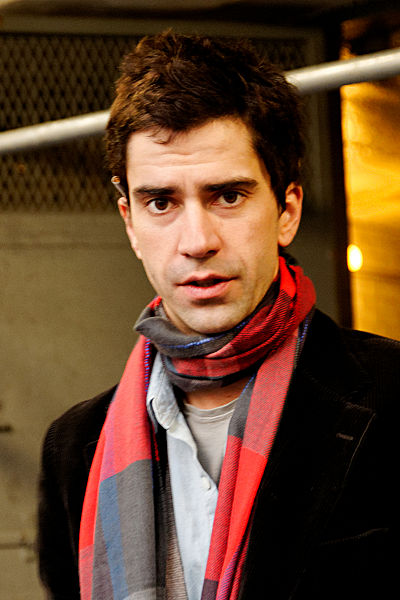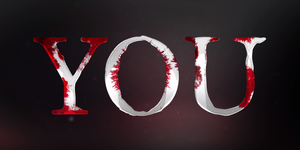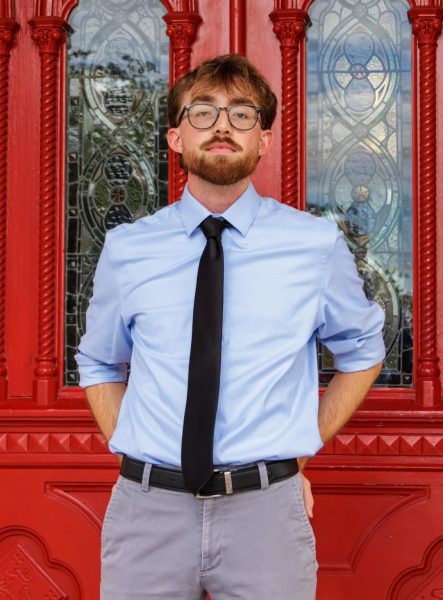As per usual, the Ufotable comes through with a stunning adaptation of Koyoharu Gotouge’s famous manga, “Demon Slayer: Kimetsu no Yaiba.” The first of a planned trilogy, Ufotable is adapting the final arc of the series, the Infinity Castle arc, exclusively in movie format, a departure from their typical serialized seasonal anime from prior seasons of the series.
A massive spoiler warning for all those who have not seen or finished the series up to this point. Please proceed at your own risk, as I will be dealing heavily with the tail-end of this long series as a necessity.
The movie picks up where the last season left off, with Kagaya Ubuyashiki’s death and Muzan Kibutsuji’s attempted recovery inside the Infinity Castle, where he has trapped the Demon Slayer Corps. It runs from chapter 140 of the manga (Japanese comics) to the midway point of chapter 157 (the end of volume 16 to halfway through volume 18).
True to form, the Ufotable staff are professionals at adaptation. At every chance, they improve on Gotouge’s already impressive story, enriching choreography and adding stellar sound design. They can capture key panels from the manga, like Shinobu’s death at the hands of the Upper Two Douma or Zenitsu’s defeat of the Upper Six Kaigaku, or also go beyond it. The incredible detail of the Infinity Castle was breathtaking in the movie, and I truly got chills at its scope in a way the manga did not capture. The whole feeling of the castle was transformed, from a maze of wooden panels and trick floors to a sweeping expanse of never-ending towers and bridges.
Using Kiriya, Kagaya’s son, and his crows as a channel through which to see the castle was a clever choice. The focus of the manga’s visuals was the cramped, confusing interior of the castle, which was built to confound its invaders; Ufotable kept this, but also opted to show us its expansiveness through Kiriya’s crows. Instead of reversing the constricted feel of the manga’s depiction, this expansiveness only emphasized it, revealing that no matter what direction the corps members went, they would seemingly never escape, which was a well-executed artistic choice.
The pacing for each fight felt on point, and even better, compared to the manga. The fight of Tanjiro and Giyu versus Upper Three Akaza was expanded on so much that I was floored. Each punch was visceral, each drop of blood was felt. Once the action began, it did not stop, unlike some other fights that cut back and forth to other characters. Intricate coloring, sound design so good I could feel my seat shake, and such shockingly smooth animation made this fight the standout artistically.
Of those three main fights, I thought the matchup between the Thunder Breathing swordsmen to be the most emotionally well-executed. Each flashback was well-timed, and Zenitsu’s character development, both emotionally and physically, was nothing but amplified by the big screen. His anger was gripping, his speed was electrifying, and his Seventh Form of Thunder Breathing was so well-paced and animated that my mouth dropped open at its reveal — even though I knew it was coming. The flashback to his mentor was so heartfelt I found myself tearing up.
My only critique is of the pacing outside of the fights. Reading the original manga, I was deeply touched by Akaza’s unexpected backstory flashback; it accented the fight well, and tied in with his motivations perfectly. It was redeeming, not in the sense of making up for his evil, but for illustrating his fall from good. In Ufotable’s adaptation, it dragged on. What was two quick chapters of tragic but chopped up flashbacks was turned into an extended series of scenes that felt out of place compared to the intensity of the previous 2 hours of the movie. Even the scenes in between fights, which I also felt dragged on, kept up the intensity; this did not, which I believe to be the film’s only failing.
Truly a great way to begin the end of Ufptable’s golden goose, “Demon Slayer: Kimetsu no Yaiba — The Movie: Infinity Castle” is a great watch. Other fans seem to agree with me, as the film is now the highest grossing Japanese film of all time. If you haven’t seen it in theaters, there is still time. Viewers should also keep a lookout for the second of the trilogy, projected to release sometime in 2027. All in all, I’d like to award Infinity Castle’s first installment a 4 out of 5 goats.

